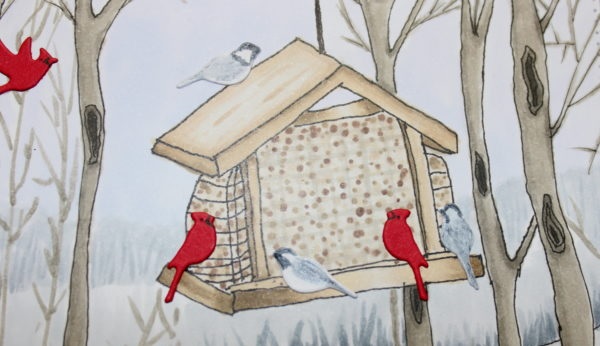The New Town Kolkata Development Authority (NKDA) is planning to come up with a mandate that all upcoming buildings in the township will have to set up bird-friendly small box like structures on roofs.
The Housing Infrastructure Development Corporation (Hidco) organized recently an interactive session where bird expert and secretary of Nature Environment and Wildlife Society (NEWS), Biswajit Roy Chowdhury, delivered a talk on birds of Kolkata. It was discussed during the talk that modern buildings lack the old time architectural features like ‘ghulghuli’ that would help birds build small nests and that trees for social forestry should be chosen carefully to attract birds to build their nests.
According to estimates, around 133 species of birds have been spotted in New Town’s Pakhibitan and its surrounding areas. Of these species, about 99 are migratory birds while the other 34 birds are found throughout the year. Among the rare species of birds that have been spotted in the township are yellow bittern, Taiga flycatcher, Siberian rubythroat, greater coucal, plumheaded parakeet, common snipe and several others.
“The idea of setting up bird-friendly structures on the roofs of upcoming buildings is in an initial stage and we will discuss the matter again,” said an official.
Hidco, in consultation with experts, will also finalise a list of trees that can be planted on the median dividers in New Town. This will be suitable with the township’s soil and can attract birds. Officials said Roy Chowdhury would be included in the committee to finalise the species of trees that would be planted in New Town. Horticulture experts have already shared their suggestions in this regard, keeping in mind Cyclone Amphan that had damaged thousands of trees. Roy Chowdhury said the trees like banyan, guava, neem, mango and other small fruit trees, which attract birds, should be considered for plantation.
After Amphan tore through Bengal, damaging a large number of trees, Hidco and NKDA took up a plantation drive on vacant plots. Several trees have already been planted in many parts of the township. The authorities have come up with a list of over 100 varieties of trees for further plantation.

